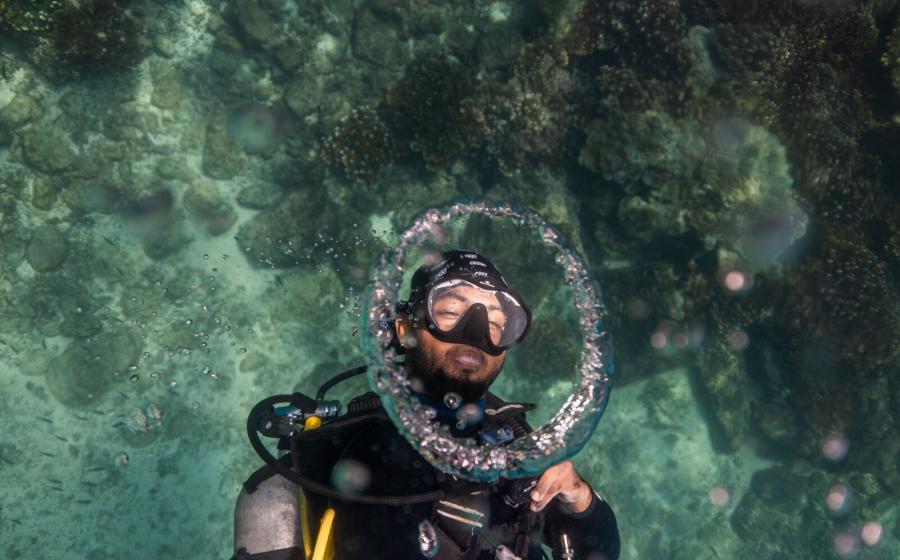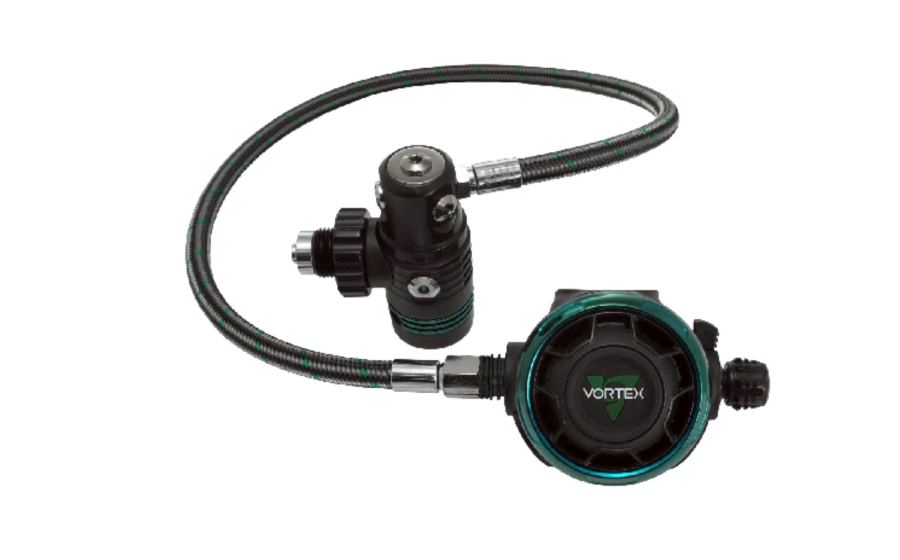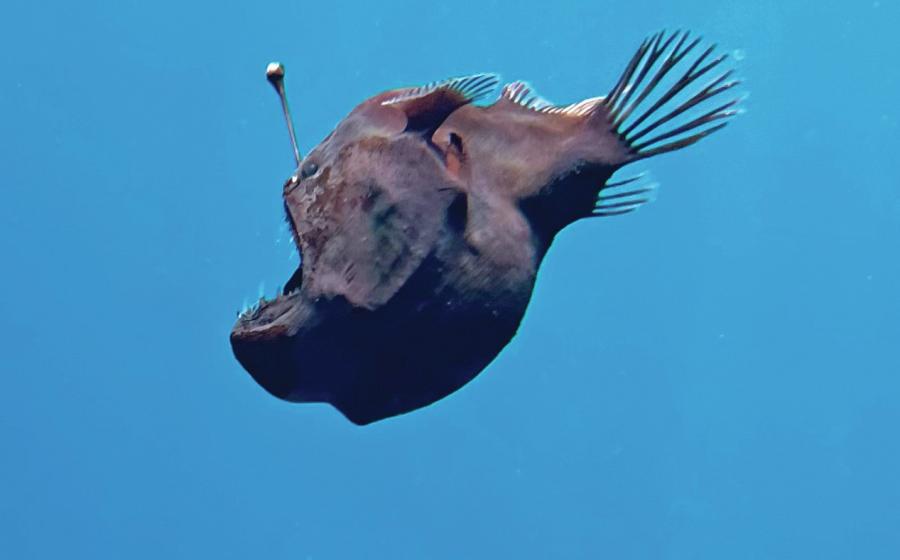A Snapshot of SeaLife's Photographic Legacy

Courtesy Tobias FriedrichPro underwater photographer Tobias Friedrich uses the SeaLife SportDiver Ultra with Sea Dragon 3000 Color Boost lights.
Look at underwater photos even from the recent past and it’s easy to see that underwater imaging and lighting products evolve at a stunning pace. Over the past three decades, we’ve seen 35mm film cameras give way to fully sealed digital models—today’s underwater housings leverage the impressive imaging capabilities of our smartphones.
But while technology may have transformed dramatically over the years, SeaLife Cameras has managed to take it all in stride. The underwater camera, lighting and accessory manufacturer’s design philosophy hasn’t changed at all: Create simple-to-use, rugged products that make it easy and fun for divers to capture great underwater images.
In fact, you can trace that philosophy back to the very creation of SeaLife. In the early ’90s, founder Wolfgang Harms, head of a family-owned business making binoculars and telescopes, was on a Bahamas sailing trip wishing he had a way to capture the amazing scenes of the underwater world without the hassle of complicated cameras and lighting rigs.
Harms started the business soon after with his two sons, Bjorn and Sven, and introduced several underwater 35mm film cameras to divers worldwide. Today, SeaLife products are made and distributed by Pioneer Research in Moorestown, New Jersey, and sold and serviced in more than 60 countries. But that basic goal of simple, easy operation remains at the heart of every design. “A basic philosophy we work with is avoiding a plethora of complicated switches and buttons,” says Sven Harms, current vice president of SeaLife.
While SeaLife provides manuals, quick guides, tutorials and user tips, the goal is to make products so simple to operate that detailed instructions aren’t necessary, Harms says. “Our design philosophy is to make the cameras, housings and lighting in such a way that the snorkeler or diver can learn the functions easily enough by handling the product and navigating through its features.”
But while SeaLife customers want ease of operation, they also demand gear capable of capturing terrific images. “We build the products using premium components, whether a sensor or an LED,” Harms says. “The underwater environment can be harsh, and the products must be able to withstand daily use in the most severe conditions.”
Related Reading: 3 Underwater Photo Skills You Should Master

Courtesy Tobias FriedrichPro photographers Tobias Friedrich and Marc Hillesheim with their SeaLife gear on a recent dive road trip.
Putting the latest imaging and lighting capabilities into divers’ hands has meant adapting quickly to dizzying shifts in technology. SeaLife’s first 35mm film camera was released in 1993, long before we were carrying around smartphones, let alone thinking about bringing them along on a dive.
In 2002, SeaLife revolutionized underwater imaging with the introduction of the first digital underwater camera. By 2007, SeaLife developed the first fully sealed digital underwater camera requiring no housing. In 2013, came the introduction of powerful Sea Dragon imaging and dive lights and the innovative Flex-Connect tray, arm and accessory system that makes setup as easy as snapping the components into place. In 2022, Sea-Life released the SportDiver smartphone housing, with its intuitive setup and easy operation, followed by the SportDiver Ultra, compatible with most Android and iPhones and equipped with software that uses a phone’s native imaging system.

Courtesy Tobias FriedrichDivers test the original ReefMaster RC fi lm camera in the mid-’90s.
“The market for imaging devices is changing at a fast pace,” Harms says. “Most component manufacturers have already shifted away from camera parts and toward other imaging categories like mobile, automotive and security. We’ve had to adjust for this trend and have found a good balance between new opportunities with smartphones and cameras that offer great performance with the available supply chain to support our manufacturing efforts.”
Underwater lighting has also made leaps in capability, giving divers more control over the images they capture as well as their view underwater. “Recently, we’ve been successful with our Color Boost range of lights that allow users to change color temperatures underwater to a desired effect for [shooting] conditions,” Harms says. For example, the Sea Dragon 3000 powers on with white light at a color temperature of 5000 K (Kelvin). Activating Color Boost warms the color temperature to 3900 K, adding lost reds for a more balanced and vibrant effect that’s immediately noticeable both in images and to the eye. And—no surprise— the light is controlled by pressing a large, knurled knob that’s simple to operate.
SeaLife’s history so far suggests that perhaps the only thing to be sure of is that underwater imaging technologies and markets will continue to change rapidly. “We try to stay focused on the changing consumer trends as well as our technical capabilities through our supply chain,” Harms says. “Merging the two can be challenging, but that’s what we do in order to stay ahead.”
Turns out there’s a lot of complexity behind that hallmark simplicity.
Related Reading: Best Destinations for Underwater Photography
SNAPSHOTS IN TIME
A brief history of SeaLife’s product evolution over the past three decades
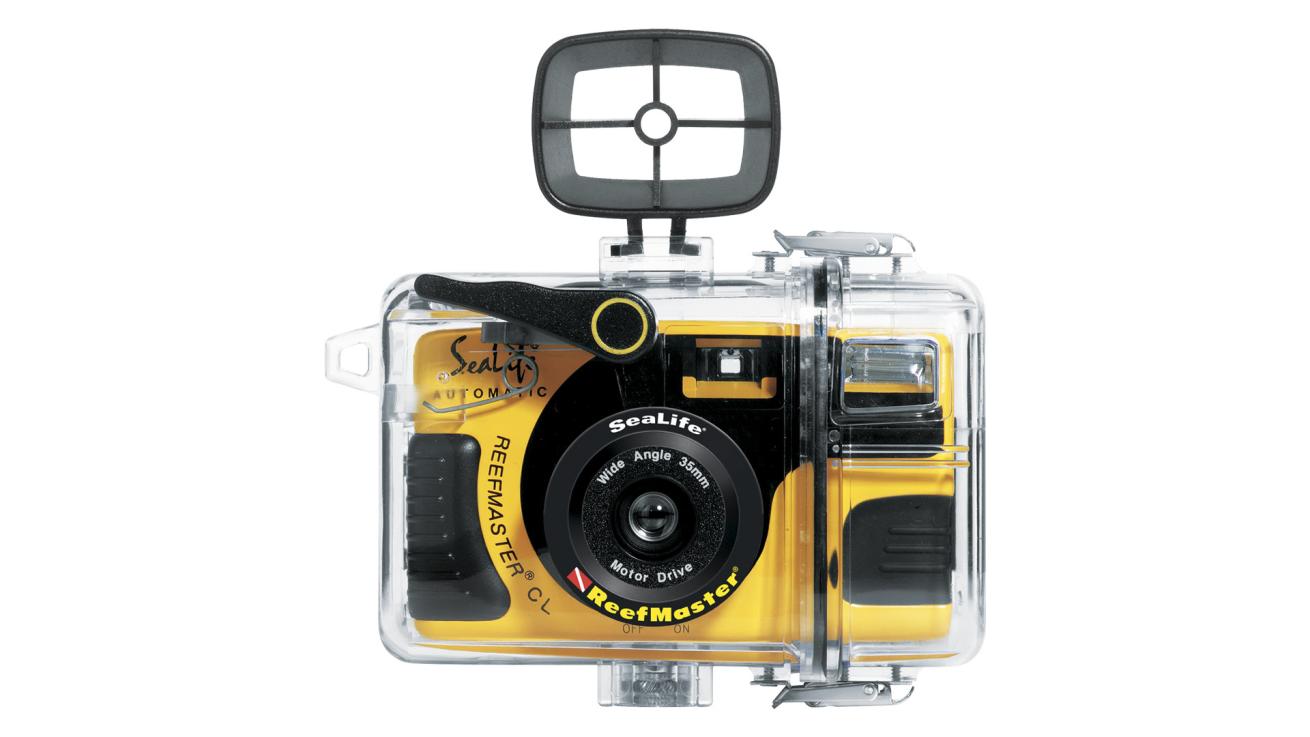
1996
The ReefMaster RC, an early film camera, already displayed some of the design elements that would come to define SeaLife’s products, including a rugged housing rated to 164 feet and controls designed for easy operation by divers.
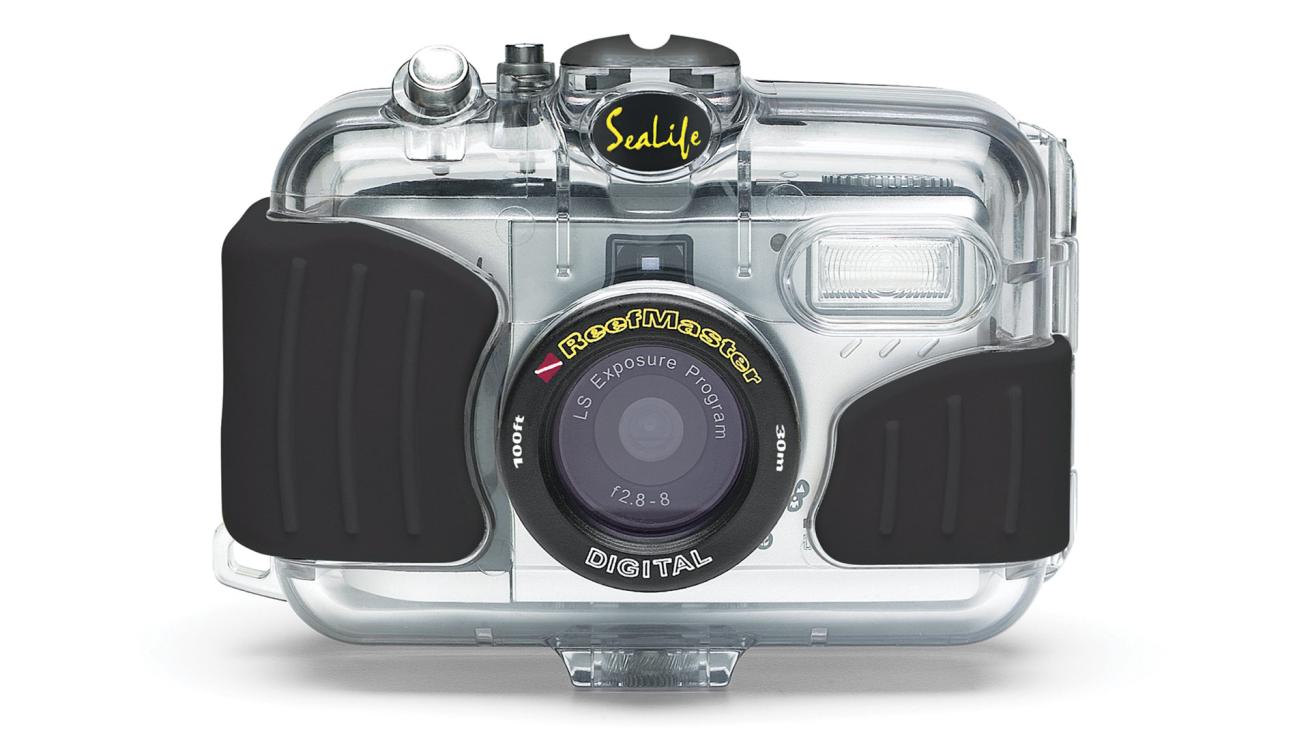
2002
SeaLife ushered in a new era with the DC100, its first digital camera. Compact and tough, it was depth-rated to 100 feet and featured a 2x digital zoom and 1.3 MP image sensor—a rapid succession of subsequent models offered new sensors that increased image resolution.

2014
Dreaded flooding worries became a thing of the past with the introduction of the Micro HD, the first fully sealed underwater camera, with 13 MP resolution, 16 MB of still and video image storage, and ergonomic controls.
2022
The SportDiver marked a new generation of underwater imaging with a robust housing that’s easy to set up and operate and features software allowing divers to use their smartphone’s native imaging capabilities.

2023
The Sea Dragon 3000F Color Boost lets shooters and divers enhance what they see and capture by controlling the light’s color temperature to restore vividness lost with depth, via a large, knurled dial that gives easy control of the light’s many functions with a push or a turn.





